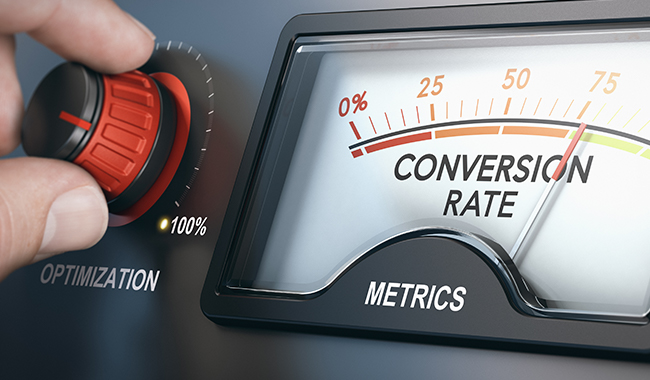Everybody has a website today. What makes yours special? In order to stand out, your website must be more than just a digital business card; it needs to be a conversion powerhouse. Whether your goal is to sell products, capture leads, or simply engage your audience, mastering the art of conversion is essential to maximizing your website’s impact.
Let us explore key strategies and techniques that will help you turn visitors into customers, subscribers, or hopefully, loyal followers.
1. Know Your Audience
The first step in maximizing your website’s impact is thoroughly understanding your target audience.
- Who are they?
- What keeps them up at night?
Conduct thorough market research to gain insights into your audience’s behavior and more importantly, their motivations. Use tools like Google Analytics and social media analytics to gather as much data as you can. This information will guide your content creation and optimization efforts.
2. Create Compelling Content
Content is king, and it should be treated as such. Your website’s content should be informative, engaging, and relevant to your audience. On top of this, it needs to provide some sort of value to your audience. Use a mix of compelling text, creative images, immersive videos, and interactive elements to capture your visitors’ attention. Craft catchy headlines that stick with your audience, write clear and persuasive product descriptions, and use creative storytelling techniques to connect with your audience on an emotional level.

3. Optimize for User Experience
It’s all about the users. Ensure that your website:
- Loads quickly
- Is mobile-responsive
- Easy to navigate
Even the smallest, most seemingly insignificant hindrances can put users off in the blink of an eye. Implement clear and intuitive calls-to-action (CTAs) that guide visitors toward desired actions. Conduct A/B testing to fine-tune your website’s design and layout for maximum user engagement.
4. Harness the Power of Social Proof
You can’t simply toot your own horn. People trust what others say about your products or services more than what you say about them. Leverage social proof to build trust and credibility. Things that you must include on your website are:
- Customer reviews
- Testimonials
- Case studies
Showcase any awards, certifications, or partnerships that demonstrate your expertise and reliability.
5. Implement Effective SEO Strategies
Search engine optimization (SEO) is a fundamental aspect of conversion optimization. Ensure that your website is optimized for relevant keywords and phrases that align with your target audience’s search intent. High-quality, optimized content can help improve your website’s visibility in search engine results, driving organic traffic and potential conversions.
6. Personalize the User Experience
No such thing as one-size-fits-all. Personalization can significantly enhance your website’s conversion rate. Use data-driven insights to tailor content and offers to individual visitors.
Make visitors feel more valued and increase their likelihood of converting by:
- Personalizing product recommendations
- Customizing email campaigns
- Using dynamic content
7. A/B Testing and Optimization
See what works best. Continuous improvement is key to conversion optimization. Implement A/B testing to experiment with different website elements, such as headlines, CTAs, colors, and images. Analyze the results and make data-driven decisions to optimize your website further. The smallest changes can sometimes lead to significant improvements in conversion rates.
8. Cultivate Trust and Security
In an era of frequent data breaches and relentless online scams, visitors need to feel secure on your website. Ensure that your website is secure with SSL encryption, and prominently display trust badges and security certifications. Transparency in your privacy policy and terms of service also helps build trust with your audience.
9. Monitor and Analyze Metrics
To truly master the art of conversion, you must monitor and analyze key performance metrics. Keep an eye on conversion rate, bounce rate, average session duration, and other relevant KPIs. Use analytics tools to gain insights into user behavior and adjust your strategies accordingly.
10. Provide Exceptional Customer Support
Show them you care. Your relationship with a customer doesn’t end after a conversion. Provide exceptional post-purchase support to build customer loyalty and encourage repeat business. Quick response times, clear communication, and problem-solving abilities can turn one-time buyers into long-term advocates.
In conclusion, maximizing your website’s impact through conversion optimization is a continuous process that requires dedication and strategic planning. By understanding your audience, creating compelling content, optimizing user experience, and implementing various conversion strategies, you can transform your website into a powerful tool for achieving your business goals. Remember, conversion optimization is not a one-time task but an ongoing journey toward achieving better results and serving your audience effectively.
About The Go-To Guy!
The Go-To Guy! is a creative and digital marketing agency that has established itself as a leader in the competitive creative industry of the city. With a focus on innovation and a willingness to adapt to the ever-changing landscape of the digital economy, The Go-To Guy! builds memorable brand identities, activates online presence, and enhances brand engagement to help companies grow both online and offline.

